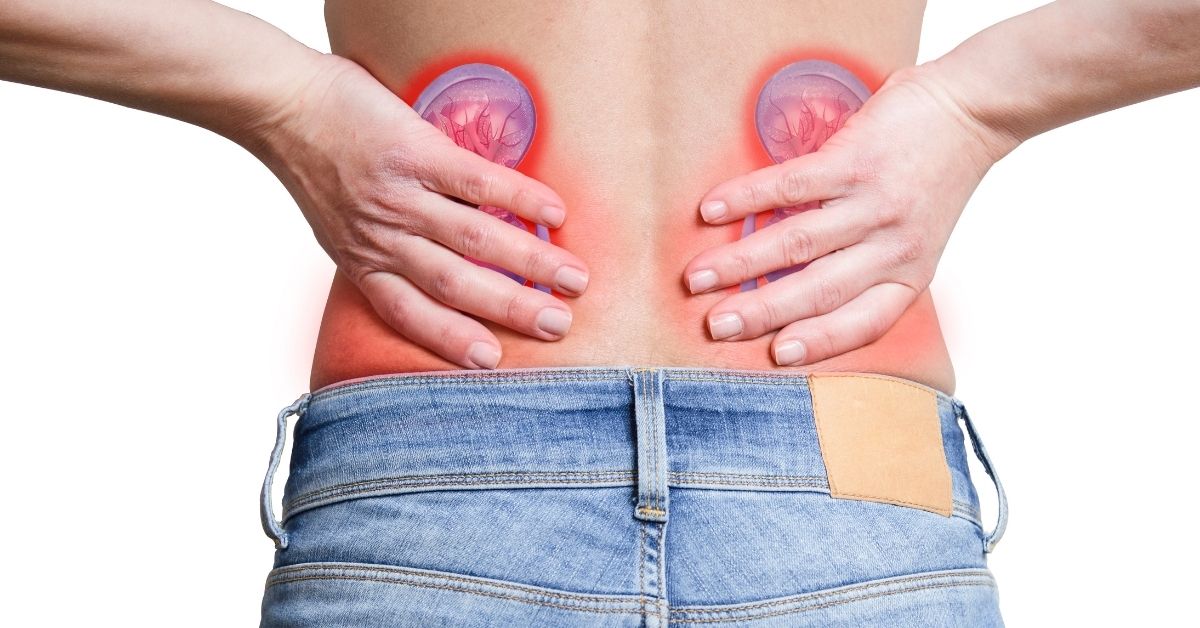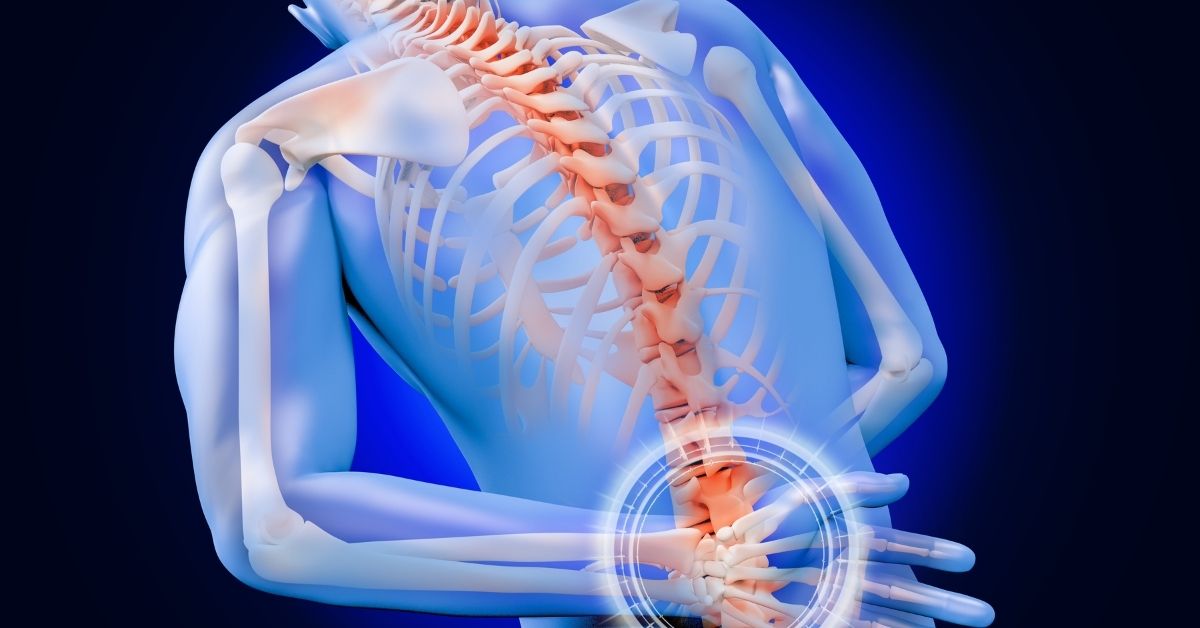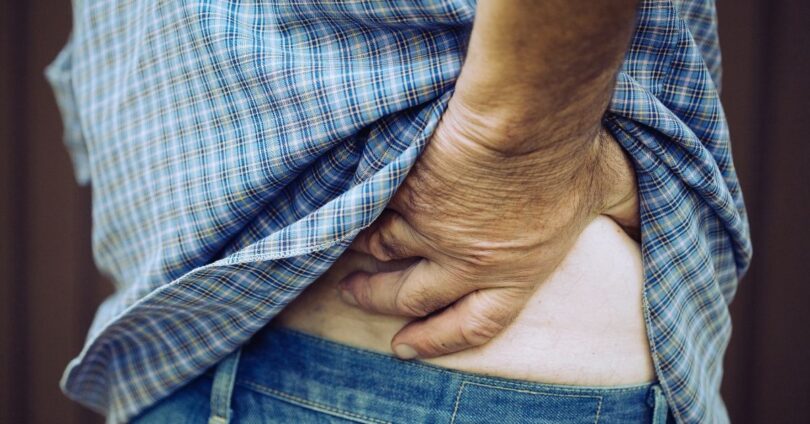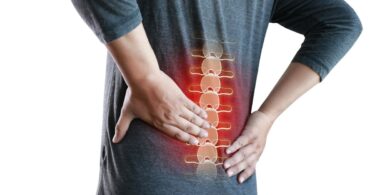Many back pain sufferers often question what the difference between kidney pain and lower back pain is? Back pain is usually felt on one side of the body, and kidney pain usually feels better on the left side. However, when you have kidney stones, back pain disappears instantly and can go away for days or even weeks at a time.
In some rare cases, back pain can be intermittent or continuous. Lower back pain can also occur in conjunction with kidney stones. Lower back pain that persists for more than a few days should be examined by a doctor.
Yet amid all these symptoms and explanations, you may get lost. So, how do we tell the difference between kidney pain and lower back pain? There is no exact test that can tell us the difference between the two.
However, several symptoms can help us distinguish between them, and in this article, we will provide you with just the information you need to be able to determine them on your own.
1) Kidney pains

A kidney pain is usually characterized by sudden intense pain in the back area, which generally gets worse when moving the back or bending over.
Some people are not aware of this particular pain, but many patients do realize it after seeing their physician. Pain in the back is commonly caused by kidney problems, infections or inflammation.
Another symptom is a dull pain that does not go away even after standing or sitting for a long time. This symptom may indicate that your stone is lodged inside your kidney. When it comes to kidney pain and backache, you need to see a doctor immediately, before it can spread to your back and cause severe damage.
One should note that back pain medications are not an appropriate treatment option for kidney stones because they can only bring temporary relief. If you have a stone in your kidney, medicine is not always enough to remove it.
Another symptom is sudden, intense pain that shoots up through your buttocks and into your upper thighs. This type of backache usually occurs during the night and is caused by a kidney stone. It may be accompanied by fever and chills, which are symptoms of other health problems.
The pain from kidney stones is worse than back pain and requires immediate medical attention. In extreme cases, a patient may need to undergo surgery.
Also, the symptoms of kidney stones vary depending on the size of the rock and its location in the kidney. Generally, larger stones cause severe pain, while smaller ones can produce mild to moderate pain.
Pain medications do not treat the pain from kidney stones, as they only provide relief from the backache. To get rid of the back pain, a patient should also see a doctor, who can recommend different treatments.
When kidney pain or back pain is accompanied by fever, weakness, loss of appetite, nausea and vomiting, it is generally a sign of kidney problems which are all in all not related to a typical back pain that does involve such bodily reactions and does indeed require urgent medical attention.
2) Back pains

the difference between kidney pain and lower back pain
Back pain, in most cases, is a result of mechanical problems. It may also be as a result of an injury that has resulted in damaged discs or muscles. Kidney pain, on the other hand, can be a symptom of kidney disorder and although they may come with similar symptoms, yet there are indications for you so you can tell which is which.
Back pain is often felt when lifting heavy objects. This pain can intensify when the person is walking or conducting simple physical experiences.
On the other hand, this pain cannot be felt while resting and a person would be able to point out that it is not a kidney-related problem only by the fact that back pain does not result in any other bodily issues or fevers.
Also, lower back pain is more common among pregnant women, old people, obese individuals, and these people are more prone to, and the conditions may ward off any kidney-related problem.







Leave a Comment